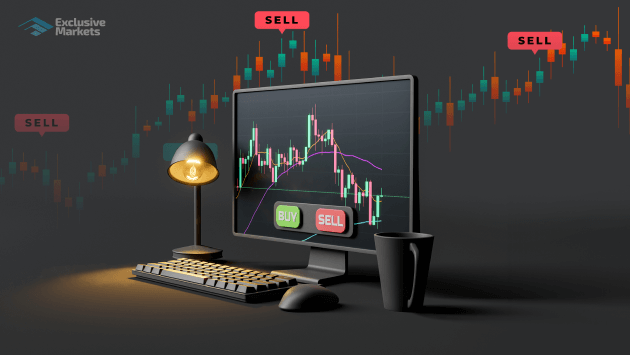Forex Trading for Dummies A Beginner’s Guide 1737548625

Forex Trading for Dummies: A Beginner’s Guide
Welcome to the world of forex trading! If you’re new to the financial markets, the terminology and myriad of trading options can be overwhelming. But fear not! This beginner’s guide will simplify the concepts of forex trading and equip you with the knowledge you need to take your first steps in this dynamic market. To help you get started, we recommend checking out the forex trading for dummies Best Uzbek Brokers for safe trading experiences.
Understanding Forex Trading
Forex, or foreign exchange, is the global marketplace for buying and selling national currencies against one another. Unlike stock trading, which takes place on stock exchanges, forex trading occurs over-the-counter (OTC), meaning that transactions are conducted directly between parties through electronic networks.
Basics of the Forex Market
The forex market operates 24 hours a day, five days a week, and is the largest financial market in the world, with a daily trading volume exceeding $6 trillion. This market is decentralized, meaning there is no central exchange, and trading happens around the globe, with major financial centers in London, New York, Tokyo, and Sydney.
Currency Pairs
Currencies are traded in pairs, such as EUR/USD (Euro/US Dollar) or GBP/JPY (British Pound/Japanese Yen). The first currency in the pair is called the base currency, and the second is the quote currency. When you buy a currency pair, you are buying the base currency and selling the quote currency.
Bid and Ask Price
The bid price is the amount at which your broker will buy a currency pair from you, while the ask price is the amount at which your broker will sell the currency pair to you. The difference between these two prices is known as the spread, which is a key factor in determining the cost of your trade.
Forex Trading Strategies
There are several strategies that traders use in the forex market. Here are some of the most popular ones:
1. Day Trading
Day trading involves opening and closing trades within the same day, aiming to capitalize on small price movements. Day traders typically use technical analysis and charting tools to forecast market trends and make rapid trades.
2. Swing Trading
<p.Swing trading is a medium-term strategy that involves holding positions for several days or weeks to benefit from anticipated price moves. Swing traders often use a combination of technical and fundamental analysis to identify optimal entry and exit points.
3. Position Trading
Position trading is a long-term strategy where traders hold positions for months or even years, based on fundamental analysis and macroeconomic trends. This approach requires a deep understanding of economic factors and their impact on currency values.
Technical Analysis vs. Fundamental Analysis
Technical Analysis
Technical analysis involves analyzing historical price data and using chart patterns, indicators, and tools to forecast future price movements. Key elements of technical analysis include support and resistance levels, trend lines, and various indicators like Moving Averages, MACD, and RSI.

Fundamental Analysis
Fundamental analysis focuses on economic indicators and news events that drive currency values. Traders evaluate factors like interest rates, inflation, employment data, and geopolitical events to determine the strength of a currency.
Risk Management in Forex Trading
One of the most crucial aspects of trading forex is managing your risk. Here are some essential risk management techniques:
1. Set Stop-Loss Orders
A stop-loss order automatically closes your trade at a predetermined price to limit potential losses. This tool is vital for protecting your trading capital.
2. Position Sizing
Determining the right position size helps manage risk effectively. A common rule is to risk only a small percentage (typically 1-2%) of your trading capital on each trade.
3. Diversify Your Trades
Diversification involves spreading your investments across different currency pairs to reduce risk exposure. Avoid putting all your capital into one trade.
Choosing a Forex Broker
Your choice of broker can significantly impact your trading success. Here are some factors to consider when selecting a forex broker:
1. Regulation
Ensure that your broker is regulated by a recognized financial authority. This provides a layer of security for your funds.
2. Trading Platform
Look for a broker that offers a robust and user-friendly trading platform with essential tools and features for analysis.
3. Spreads and Fees
Compare spreads and commissions charged by different brokers. Lower costs can enhance your profitability in the long run.
4. Customer Support
Good customer support is essential, especially for beginners. Ensure that your broker offers prompt and reliable customer service.
Final Thoughts
Forex trading can be a potentially rewarding venture, but it comes with its challenges. It is crucial to invest time in education, practice with demo accounts, and develop a solid trading plan. Don’t rush your trading journey; instead, focus on continuous learning and improvement.
With the right strategies, tools, and mindset, you can navigate the forex market and explore the opportunities it offers. Happy trading!
